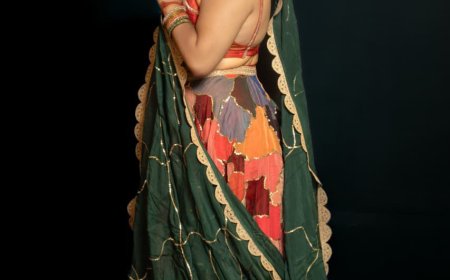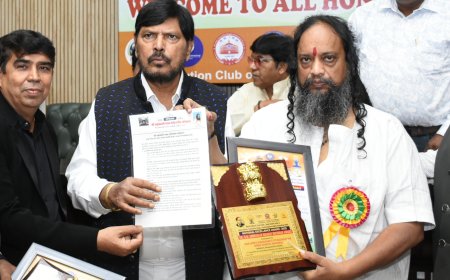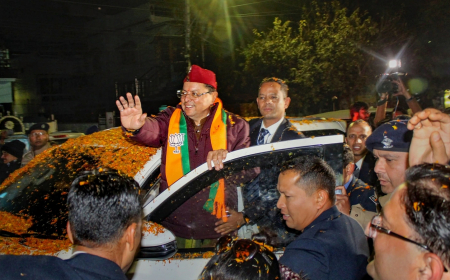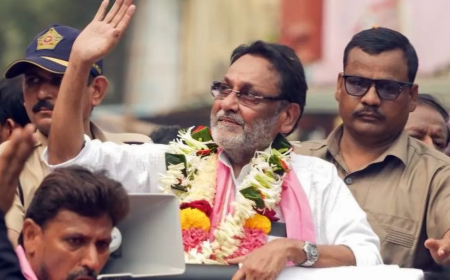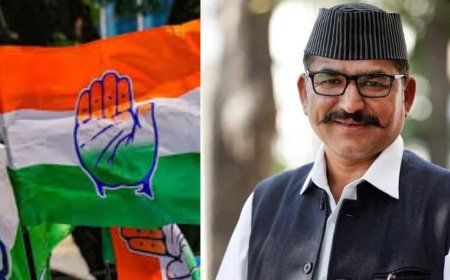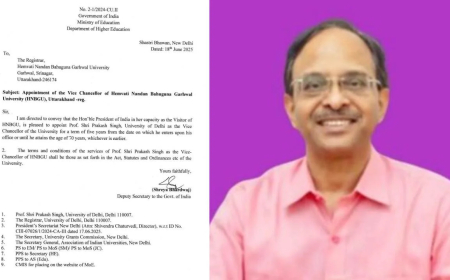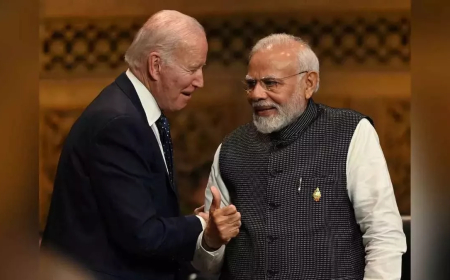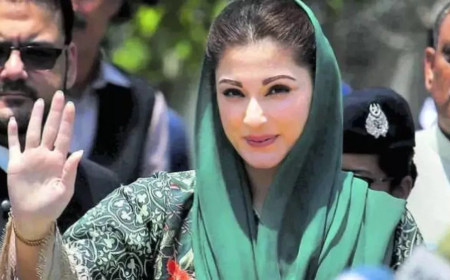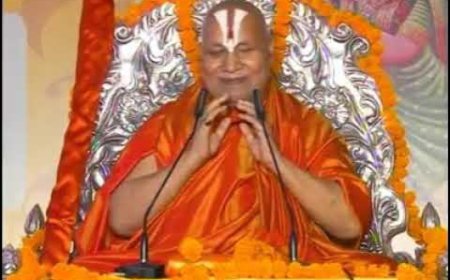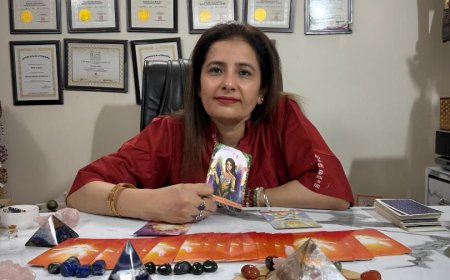Unlocking the Divine: The Power of Puja - A Step-by-Step Guide to Rituals and Practices
Puja is an ancient Hindu ritual that connects devotees to the divine, promoting spiritual growth, inner peace, and community bonding. This article explores the historical background, significance, and key components of puja, as well as its various forms and adaptations in modern times.
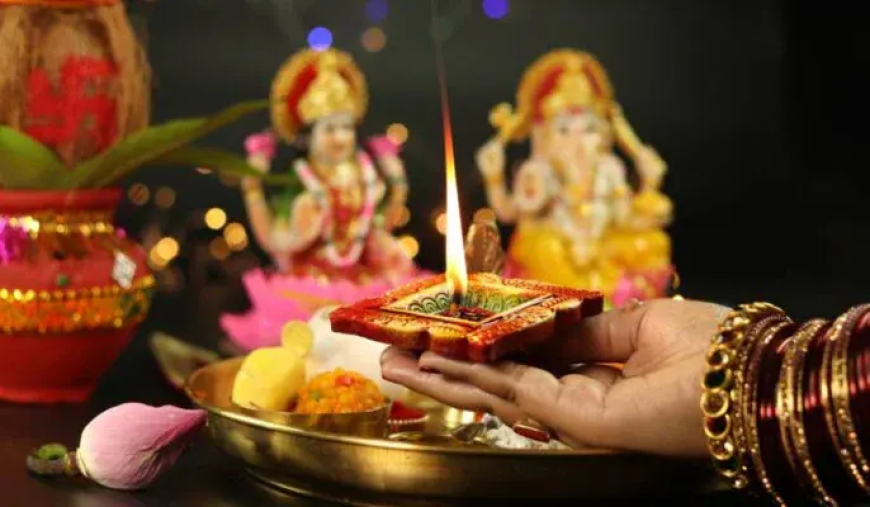
Puja, a sacred Hindu ritual, has its roots in the ancient Vedas and Upanishads. Over the centuries, puja practices have evolved, influenced by historical events, societal shifts, and regional traditions. The Gupta and Bhakti periods marked significant changes in puja practices, with different regions in India developing unique traditions. North India is known for its elaborate rituals and grand ceremonies, while South India emphasizes temple rituals and Vedic chants. East India is famous for its vibrant community-based pujas, and West India features a blend of personal and community rituals.
Historical Background of Puja
Puja practices have ancient roots, tracing back to the Vedas and Upanishads. These rituals have evolved over centuries, influenced by historical events and societal shifts, with notable changes during the Gupta and Bhakti periods. Different regions in India developed unique puja traditions, adding to the rich tapestry of Hindu worship. The historical background of puja is a testament to the dynamic and diverse nature of Hinduism.
Significance of Puja in Hinduism
Puja is derived from the Sanskrit word "reverence" and "worship." It connects devotees to the divine through bhakti, or devotion, offering numerous benefits, including inner peace, mindfulness, and blessings. Puja serves as a platform to express gratitude to the deities for their benevolence and guidance. The ritual encompasses various forms, including daily rituals, special occasion observances, and grand festival celebrations, fostering a sense of community and shared cultural heritage.
Key Components of Puja
A traditional puja setup involves an altar, a designated sacred space, often adorned with idols or images of deities. The puja thali, a plate holding essential offerings, symbolizes devotion and reverence. Offerings typically include flowers, incense, lamps, food, and water, each holding symbolic meaning. Mantras, bhajans, and prayers enhance the spiritual experience, while cleanliness and purity are paramount in preparation.
Steps Involved in Performing Puja
Preparation is key, involving the setup of the altar, gathering necessary items, and ensuring cleanliness. Invocation, or avahanam, involves invoking the deity through mantras and prayers. The ritual includes offering a seat, water, flowers, food, and lamp waving, concluding with prayers and blessings. Prasad distribution follows, where blessed food is shared among participants.
Types of Puja and Their Importance
Different pujas serve various purposes, including Ganesh Puja for obstacle removal, Lakshmi Puja for prosperity, and Durga Puja for strength and protection. Festivals like Navratri and Diwali involve significant pujas, while special pujas like Satyanarayan Puja fulfill vows. Sankranti Puja celebrates harvests, and ancestral pujas honor deceased family members.
Puja Items and Their Symbolism
Essential items used in puja include kumkum, haldi, chandan, and camphor, each holding symbolic meaning. Fresh flowers signify purity and beauty, while fruits and food represent the bounty of nature and the fruits of one's actions. Metals like copper and brass are commonly used for utensils, believed to enhance the positive energy of the puja.
Modern Adaptations and Online Resources
Modern lifestyles have influenced puja practices, with technology playing a significant role. Online streaming allows access to temple ceremonies remotely, while virtual pujas facilitate participation from anywhere in the world. Puja kits provide pre-assembled items for convenience, and online purohit services connect individuals with priests for guidance. Digital apps offer e-books on mantras and procedures, and online shopping provides access to authentic puja items.
Conclusion: Embracing Tradition with Convenience
Understanding puja connects us to our rich cultural heritage, offering spiritual and emotional benefits. While modern life brings changes, the essence of puja remains constant. Online resources and shopping enhance accessibility, ensuring we can uphold traditions with ease. Embracing the convenience of technology while honoring the sanctity of our rituals preserves our cultural legacy for future generations.






